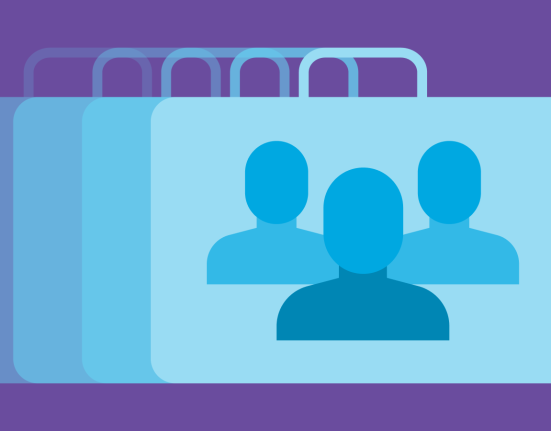More states are mandating personal finance courses for high schoolers, but what if their teachers aren’t confident managing money themselves?
In recent years, states have pushed to ensure high school graduates are financially literate. Since 2021, the number of states requiring personal finance for graduation has more than tripled. This March, Kentucky became the 27th to do so.
But as momentum grows around students’ financial education, a key issue is often overlooked: Many teachers don’t feel confident in their own financial knowledge.
It’s not a problem unique to teachers. Experts report that many U.S. adults lack financial literacy, which, until very recently, was rarely required as a high school graduation requirement. Few teachers study it in college, despite recent surveys of K-12 educators indicating a strong interest in the subject. And once in the classroom, teachers rarely take time to learn subjects that would benefit their own lives, like personal finance, says Yanely Espinal, a financial educator and former classroom teacher.
“Teachers’ whole job is about serving students—coming in to work early, creating a safe space for students, grading papers at night, using their own money to buy supplies for students. It’s very rare that you see a teacher pause and consider their own needs, asking themselves things like, ‘How can I set myself up financially? Am I on track?,’” said Espinal, the director of educational outreach at Next Gen Personal Finance, a nonprofit advocacy organization that provides financial literacy education for teachers.
The consequences of low financial literacy can be serious, say experts. A 2022 index by the TIAA Institute and the Global Financial Literacy Excellence Center (GFLEC) found that U.S. adults correctly answered only 50% of questions about everyday financial topics, like budgeting, borrowing, saving, and investing. Those with low scores were more likely to be burdened by debt, lack emergency savings, and spend hours each week managing financial stress, according to the report.
Teachers want to learn about personal finance
Despite these gaps, most teachers aren’t disinterested, but are unsupported.
In fact, 82% of U.S. adults say they wish they had been required to learn personal finance in high school, according to a 2025 nationwide opinion poll by the National Endowment for Financial Education. A nonscientific LinkedIn poll from Education Week earlier this month found similar interest among teachers.
The EdWeek poll asked: “How interested would you be in professional development on your own personal finance?” Of nearly 950 responses, 66% expressed some degree of interest, with 20% responding that they were “somewhat” interested and 46% were “very interested”. Yet most teachers pursue this training on their own, according to Next Gen’s Espinal.
“The majority of teachers who sign up, sign up on their own, and they take their own time to do it,” said Espinal of Next Gen’s professional development courses and workshops for teachers. Those offerings serve two separate but often overlapping goals: to train educators to teach personal finance to students, and to boost financial literacy for personal enrichment.
Financial literacy won’t increase teacher salaries, but it can change lives
Teaching has long been considered a low-paid job. Teachers work longer hours and earn less pay than similarly educated professionals, and most educators feel their base pay isn’t adequate, according to EdWeek’s 2024 State of Teaching project. Becoming financially literate won’t improve teachers’ salaries, but it can improve their financial future outlook.
So says Christopher Jackson, who teaches financial literacy to high school students at Da Vinci Communications, a public charter school in El Segundo, Calif. He took several courses through Next Gen, originally to increase his knowledge of personal finance when teaching his students. But what he learned ended up changing his own life.
“So much of it was a wake-up call,” Jackson said. “I learned how to build a diversified investment portfolio and put it into practice. I figured out how to help my daughter attend college without taking on debt, and she’s graduating this June, completely debt-free. I improved my credit score by over 100 points, and I moved my money into a credit union where it’s making me money in my sleep.”
Jackson explains how he also became more aware of how to use tools already at his disposal to his benefit. “Our pensions, our summers, and even our structured pay increases can work in our favor. But too often, no one teaches us how money works,” he said.
Daria Hall’s entry into financial literacy mirrored Jackson’s. The history teacher at Mallard Creek High School in Charlotte, N.C., started taking courses in financial literacy to prepare to teach the new Economics and Personal Finance course offered in public schools in the state. Now, said Hall, she continues to take the courses to learn more for herself and her family.
“Whether it’s helping my students navigate college costs or showing their parents how to avoid predatory lending, this knowledge has a ripple effect,” said Hall. “After learning about 403(b)s and other vehicles,” she said, referencing a kind of tax-deferred retirement plan, “I have diversified my portfolio, shared my knowledge with my tribe/circle, and have done a deeper dive into different companies to see if they align with my values.”







